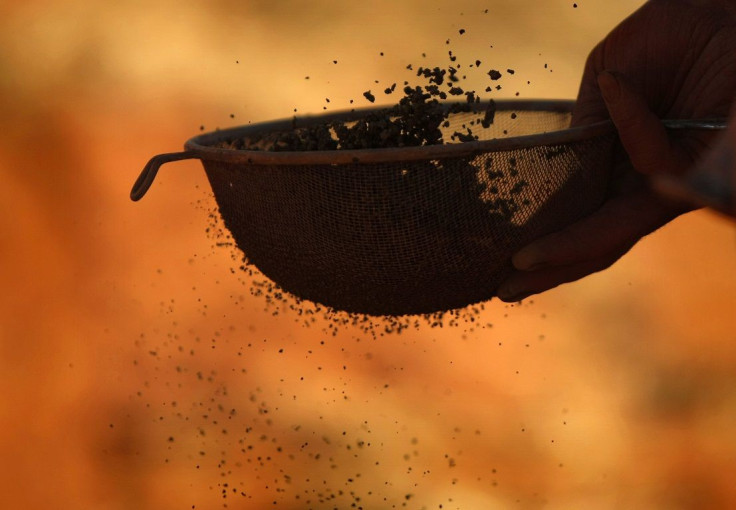Base metals remain unpredictable on weak Chinese data

It was August 12 when base metals collectively jumped off month-long bearish prices and multiyear losses. Traders at the bourse speculated that the Chinese currency rout would soon turn its export prices less expensive than usual and force steelmakers to buy more metals from suppliers across the globe. Consumers would surely buy in bulk, investors thought.
But what happened in early trading immediately slashed this speculation when the segment slid anew after yuan declined on Chinese national bank’s devaluation of the currency . The struggling yuan ended up closing lower than expected when the slight economic rebound in the country did not happen. According to experts, it was one of the most radical adjustment in the currency in 21 years.
"China's currency move and the risk-off stance taken by the market as they work out the fallout from the devaluation means the base metals prices are continuing to head lower as buyers step to the sidelines," William Adams, head of research at Fastmarkets, said in a research note.
The only winners in this price slump are the miners that remain promising in the eyes of the investors, as their projected production volume could still save the supply segment when the “long-running narrative” about the possible supply scarcity due to the Indonesian ore ban finally happens.
Amur Minerals (London AIM: AMC) , for instance, managed to maintain its share prices at a high level despite weak global prices for nickel. The Russia-based nickel miner is capable of producing over 90 million tonnes of metals from its Kun-Manie Reserve, one of the biggest mining facilities in the world today.
However, international banks said that this trend could be a sign of a price recovery for the segment.
An analyst at Commerzbank said that everything remains unclear today but this would surely help the segment recover in the near future.
“Arguably, demand for commodities should increase as exporters of products become more profitable, albeit facing higher dollar-denominated commodity prices for some and higher input costs,” a representative at Standard Bank remarked in a statement.
Yet economists and market players believe that a stronger economic data — which would encourage steelmakers that it is high time to purchase metals again — remains the key factor in seeing a total price recovery.
With demand going up and supply maintaining its usual stability, better global prices for the entire industrial metals segment could come.
Contact the writer at feedback@ibtimes.com.au, or let us know what you think below.






